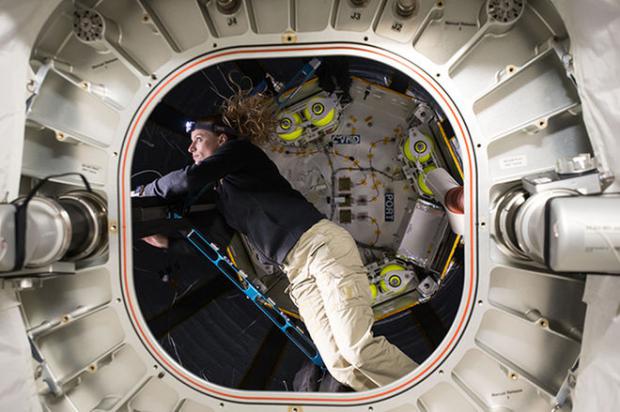
Breaking News
 Why Dual Engine Failure Changes Everything -- Louisville Crash Update
Why Dual Engine Failure Changes Everything -- Louisville Crash Update
 Transforming Storage Shelf / Workbench - Small Space Organization
Transforming Storage Shelf / Workbench - Small Space Organization
 Our 3-Step Strategy for a Stress-Free Pantry
Our 3-Step Strategy for a Stress-Free Pantry
 BEHIND THE DEEP STATE | The War on Farms
BEHIND THE DEEP STATE | The War on Farms
Top Tech News
 HUGE 32kWh LiFePO4 DIY Battery w/ 628Ah Cells! 90 Minute Build
HUGE 32kWh LiFePO4 DIY Battery w/ 628Ah Cells! 90 Minute Build
 What Has Bitcoin Become 17 Years After Satoshi Nakamoto Published The Whitepaper?
What Has Bitcoin Become 17 Years After Satoshi Nakamoto Published The Whitepaper?
 Japan just injected artificial blood into a human. No blood type needed. No refrigeration.
Japan just injected artificial blood into a human. No blood type needed. No refrigeration.
 The 6 Best LLM Tools To Run Models Locally
The 6 Best LLM Tools To Run Models Locally
 Testing My First Sodium-Ion Solar Battery
Testing My First Sodium-Ion Solar Battery
 A man once paralyzed from the waist down now stands on his own, not with machines or wires,...
A man once paralyzed from the waist down now stands on his own, not with machines or wires,...
 Review: Thumb-sized thermal camera turns your phone into a smart tool
Review: Thumb-sized thermal camera turns your phone into a smart tool
 Army To Bring Nuclear Microreactors To Its Bases By 2028
Army To Bring Nuclear Microreactors To Its Bases By 2028
 Nissan Says It's On Track For Solid-State Batteries That Double EV Range By 2028
Nissan Says It's On Track For Solid-State Batteries That Double EV Range By 2028
Blow It Up: Inflatable Space Station Habitat Shows Promise in Early Tests

Called the Bigelow Expandable Activity Module, or BEAM, the habitat is an inflatable spheroid made of fabric that starts off folded into a shape like a flattish cone with the top cut off. It was originally launched to the International Space Station (ISS) on April 8.
The first tests were in May. Crewmembers aboard the ISS expanded BEAM, using low pressure, and then allowed the air tanks inside the habitat to open and pressurize it to the same level as the space station — approximately one atmosphere.
Sensors inside the BEAM checked the module's temperature and how well its structure was responding to pressure. Astronauts didn't enter the BEAM until June, though, as there were extensive checks for leaks. (They found none.) NASA astronaut Jeff Williams was the first to enter the BEAM, and he added extra sensors to monitor the atmosphere inside it.

 Carbon based computers that run on iron
Carbon based computers that run on iron

